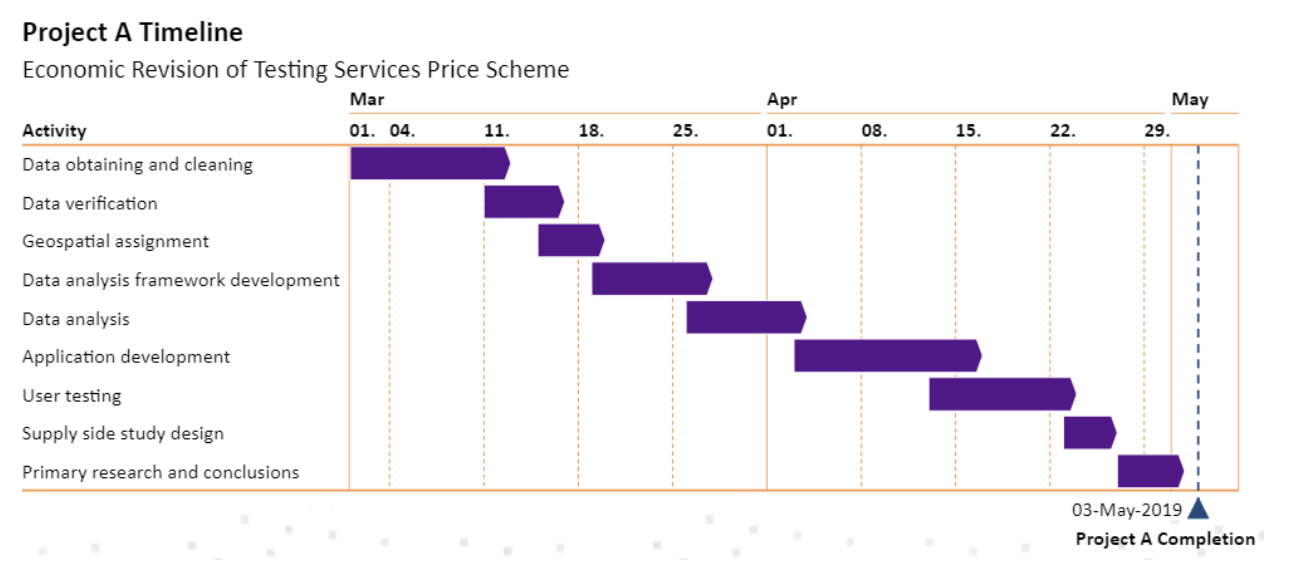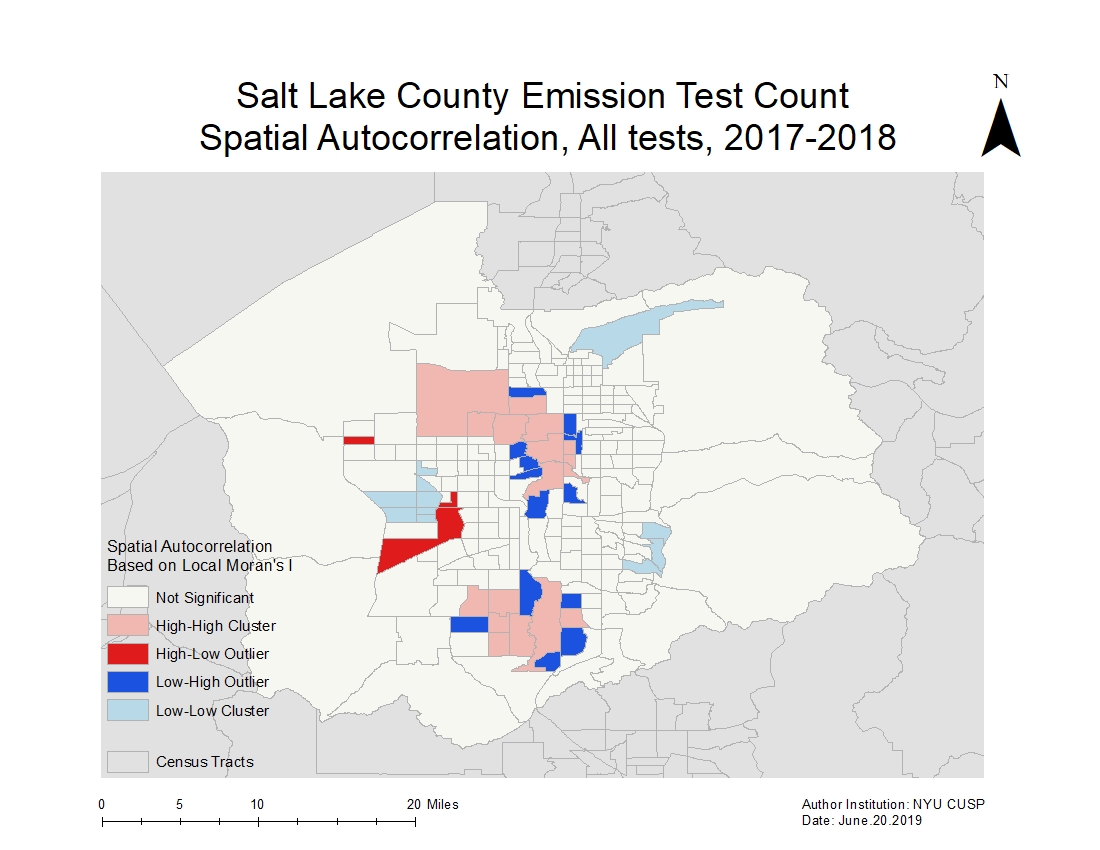Result
1. Discrepancies emerged between the prices contained in the County data and the prices facilities reported during data collection and verification of current pricing and services. Such differences suggest testing prices are
dynamic and frequently modified. Our phone survey of testing providers revealed a generally negative attitude towards imposing a price cap, even though caps exist in neighboring counties. More than 62% of respondents claimed
not to be willing to offer testing if a price cap were introduced. However, most respondents (60%) indicated a willingness to participate in a subsidized program designed to incentivize early repairs. The proposed price
cap of 15 dollars, well below the current average price of 34 dollars.In contrast, imposition of a 30-dollar cap that is still lower than the current average price, while utilizing subsidies for an early repair program,
improves both cost effectiveness and pollution reduction.
2. Spatial analysis of testing facilities and their corresponding test volumes reflected generally good spatial coverage across the county. Use of Local Moran’s I helped us identify regions were some disruption in availability could occur. We identified
two statistically significant high emissions test frequency clusters, outliers with low test frequencies surrounded by high frequency values and outliers with high test frequencies surrounded by low frequency clusters.
GWR results indicated no strong correlation between testing frequencies and population characteristics. From a policymaking perspective, these results, particularly the presence of two large high testing frequency/high
population clusters, suggest adequate geographic availability.
3. Isolation of OBD tests on vehicles of model years 23 years and newer revealed a ~93% initial test pass rate, controlling for increased latitude in testing requirements of vehicles under six years of age. The high initial-test pass rate suggests the
existing blanket approach requiring nearly all vehicles to undergo emissions testing is not a cost-effective method of pollution reduction.The development of methods to selectively identify that small proportion of vehicles
most likely to be emissions violators and participants in a subsidized repair program would be a useful exercise in further research.
4. We built a prototype web application that displays locations of testing facilities with detailed information on each of them and filter feature based on zip code and price range.Application will be used by county residents and our intuition and domain
knowledge of our mentor indicated that filtering specifically by zip code will allow users to quickly select the most convenient facilities, while price filter will add transparency to existing pricing schemes and provide
a more informed and economically transparent facility selection process.










